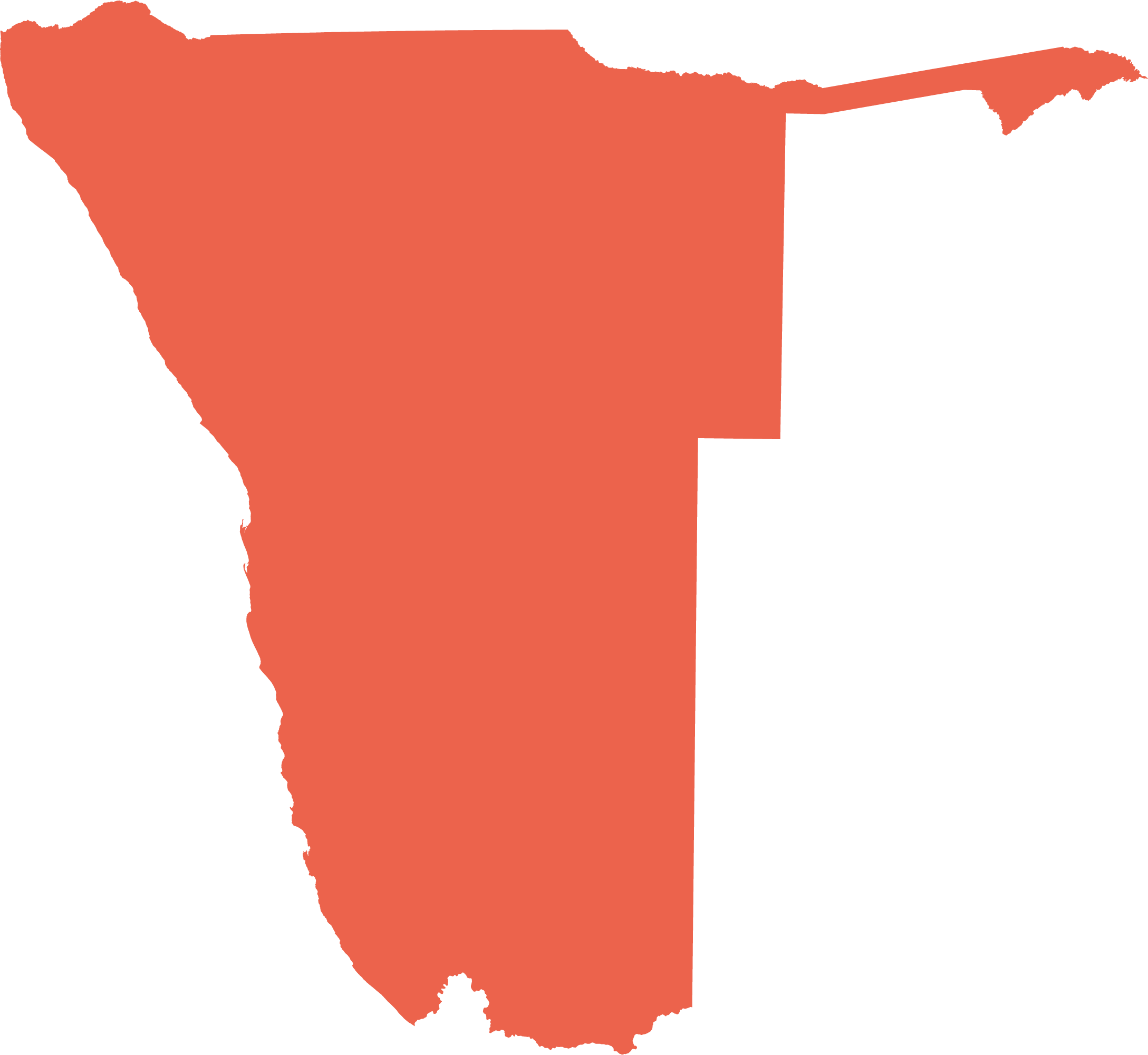Pulses of soil nutrients
People often happily recall certain years when rain was abundant and the country was green, lush and teeming with life. All this joy and production is typically attributed to rainfall, but that is just one part of the explanation.
Were it not for the presence of relatively large accumulations of nutrients in the dry soil, the effects of rain would be negligible. These are nutrients that have collected gradually during arid periods when the dry leaves of grass and trees were dropped, buried, decomposed and coverted into plant nutrients. The same happens to animals that die, and to their faeces. Paradoxically, the longer the dry period following the last good rains, the more nutrients are available to feed a new bout of luxuriance triggered when good rains next fall. The importance of rain is in bringing into production nutrients that were inaccessible.
The shallow Leptosols and stony Regosols offer limited soil volume in which water and nutrients can be stored or plants rooted. These soils are the result of a slow rate of weathering; water erosion from high-intensity rainfall events and high rates of runoff; and wind erosion of sparsely vegetated, desiccated soils.
Pulsing supplies of nutrients and moisture drive the cycles and strategies of the great majority of life in Namibia. Thus, most invertebrates and cold-blooded animals are dormant for a lot of the time, often hidden underground, appearing only for short periods when conditions to feed and breed are favourable. The same is true for plant seeds and fungal spores that lie quietly for years until stimulated to germinate, grow and reproduce using the abundance of nutrients and water.
Several features characterise pulses and the life that depends on them. Firstly, life is divided between long periods of dormancy and short stages of active reproduction and growth. Secondly, pulses usually occur erratically, but normally during the warmer, wetter summer months. Thirdly, life is hurried during pulses as plants and animals rush to exploit the availability of food and water. Fourthly, most animals and plants that depend on pulses exist for most of the time as genes packaged in seeds, eggs, spores or pupae. Fifthly, the volume of life produced during pulses is often enormous.

Photo: J Mendelsohn

Photo: J Mendelsohn
Pulses of nutrients bring life from the ground. For each permanent tree or bush, thousands of individual grasses, forbs and fungi suddenly blanket the ground; for each zebra or elephant there are now tens of thousands of insects, mites, frogs, millipedes and spiders, for instance. Many birds and mammals that live above ground are then recharged by new supplies of food made available by plants and other animals that are usually underground.

Photo: J Mendelsohn
This feeding frenzy of over a thousand Abdim's storks, gorging themselves on the tadpoles of African bullfrog, epitomises the value of pulsed supplies of nutrients and ephemeral wetlands. These are the only places where many insects, crustaceans, amphibians, fish and birds breed in profusion, fuelled by the great volumes of food produced when nutrients are brought into production by rainfall.

